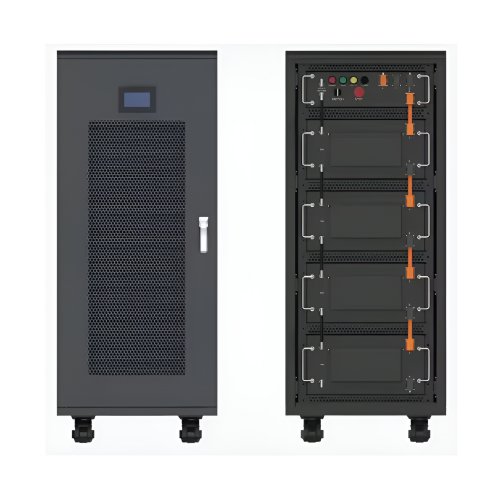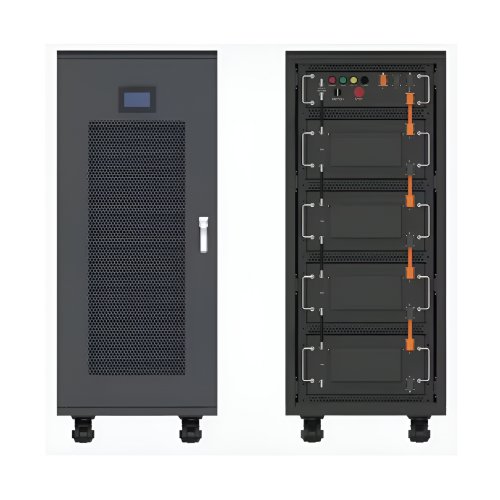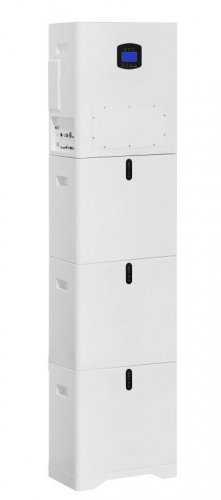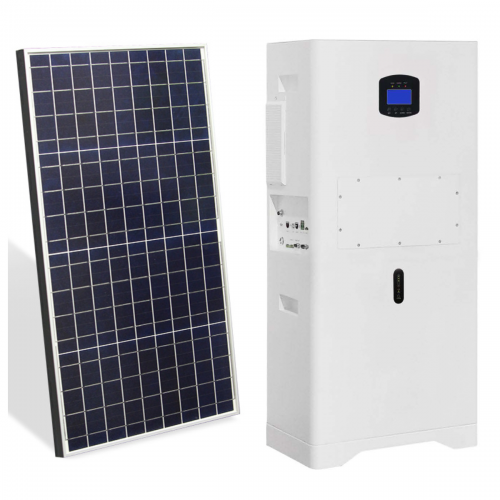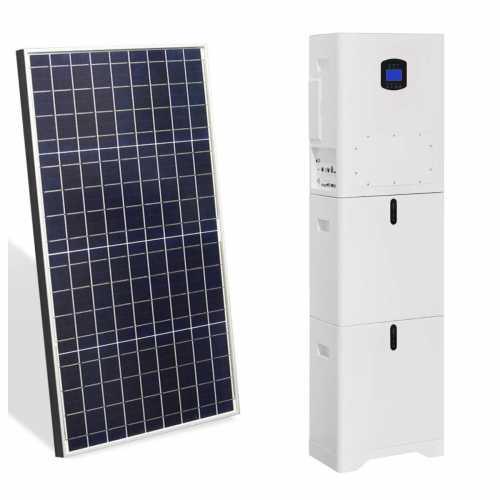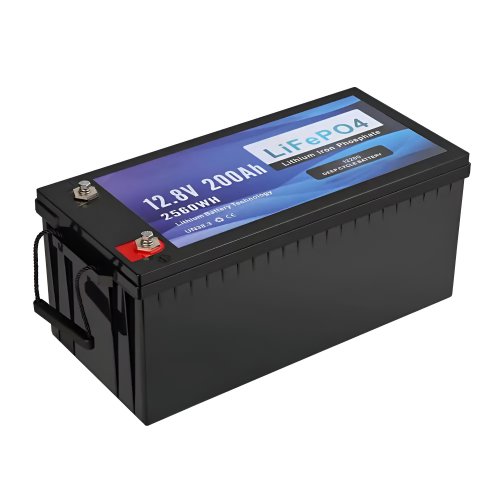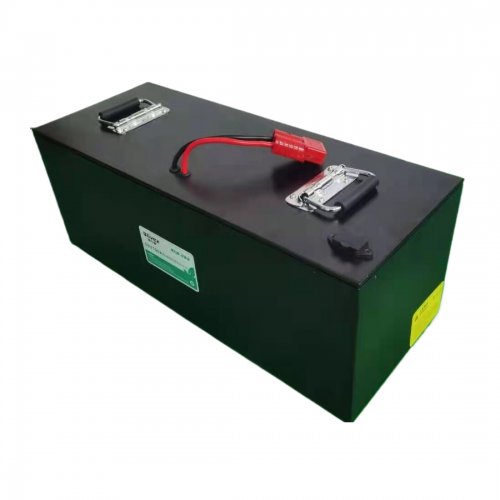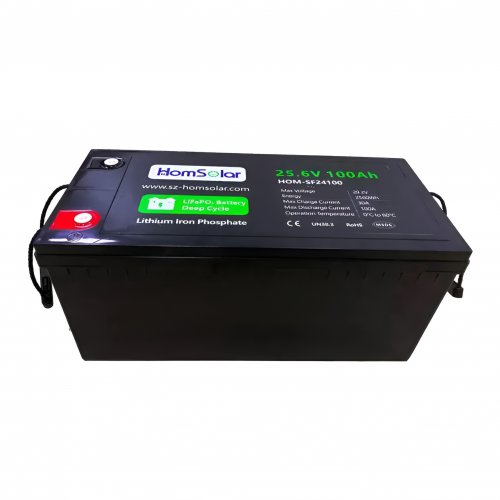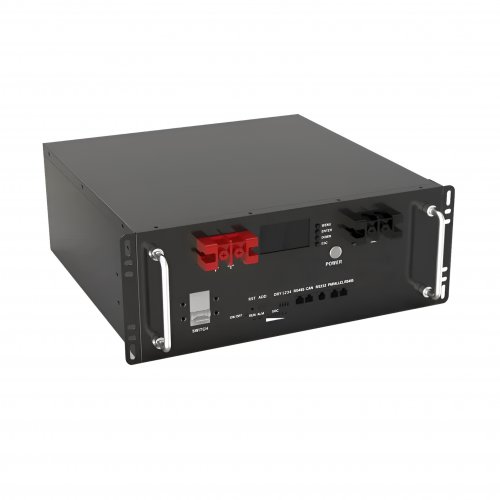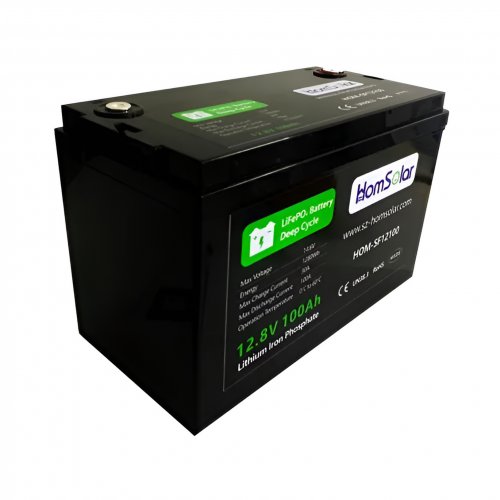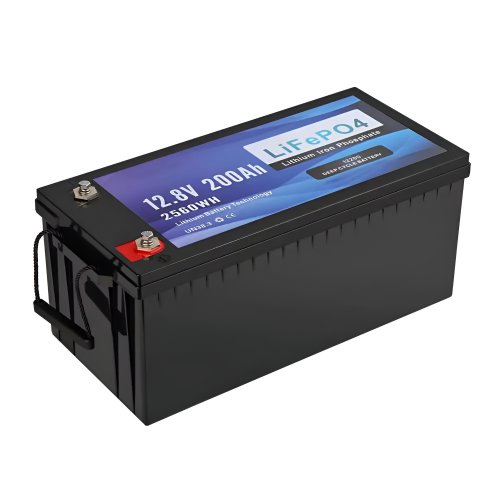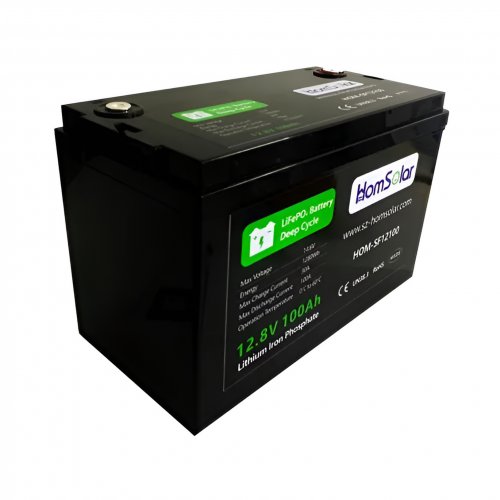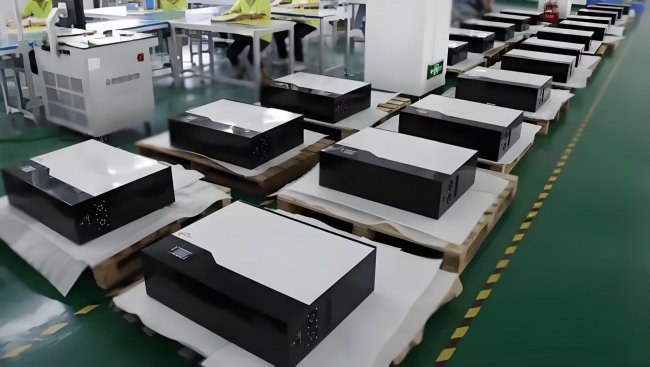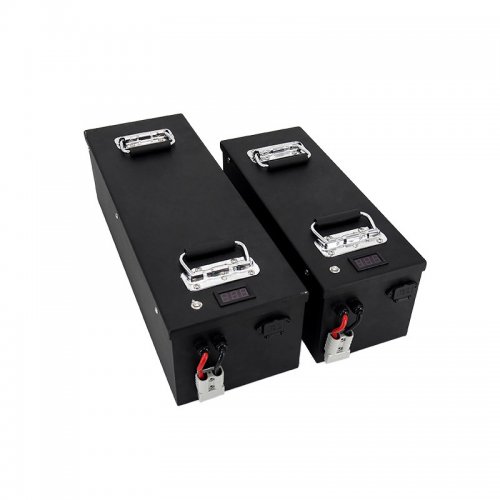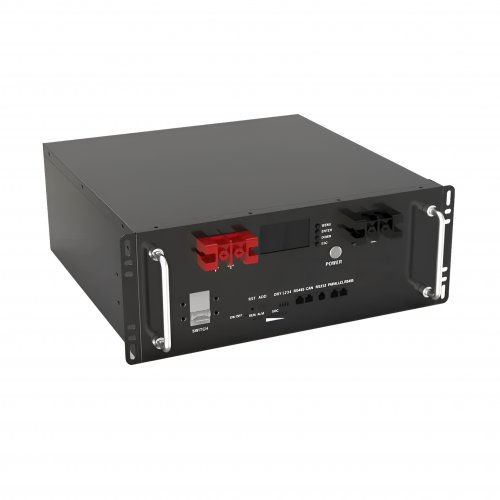Energy Storage News: Breakthroughs And Market Trends Shaping The Future Of Clean Energy
The global energy storage sector is undergoing rapid transformation, driven by technological advancements, policy shifts, and growing demand for renewable energy integration. As nations strive to meet decarbonization goals, energy storage systems (ESS) are emerging as a critical enabler of grid stability and clean energy adoption. This article explores the latest industry developments, key trends, and expert insights shaping the future of energy storage.
1. Record-Breaking Battery Deployments The energy storage market has witnessed unprecedented growth in 2023, with global deployments surpassing 50 GWh—a 40% increase compared to 2022. The U.S. and China remain the dominant players, accounting for over 70% of new installations. Notably, California’s Moss Landing project, now the world’s largest battery storage facility, has expanded to 750 MW/3,000 MWh, underscoring the scalability of lithium-ion technology.
2. Solid-State Batteries Gain Traction Solid-state batteries, long touted as the next frontier in energy storage, are inching closer to commercialization. Toyota recently announced plans to launch EVs powered by solid-state batteries by 2027, while QuantumScape reported promising test results for its high-density cells. These advancements could revolutionize grid storage by offering higher safety, longer lifespans, and faster charging.
3. Policy Tailwinds in Europe and Asia The European Union’s revised Renewable Energy Directive (RED III) now mandates member states to integrate storage solutions into national energy plans, accelerating investments in pumped hydro and battery projects. Meanwhile, China’s 14th Five-Year Plan prioritizes sodium-ion battery development, aiming to reduce reliance on lithium and cobalt.
1. Hybrid Storage Systems on the Rise Combining multiple storage technologies—such as lithium-ion batteries with flow batteries or thermal storage—is gaining popularity. Hybrid systems optimize cost-efficiency and reliability, particularly for industrial and utility-scale applications. For example, Australia’s Victorian Big Battery now pairs lithium-ion with vanadium redox flow batteries to enhance grid resilience.
2. Second-Life Batteries Find New Applications As EV batteries reach end-of-life, repurposing them for stationary storage is becoming a viable circular economy solution. Companies like B2U Storage Solutions are deploying second-life EV batteries in California, offering a cost-effective alternative for commercial energy storage.
3. AI and Digitalization Optimize Storage Performance Artificial intelligence is playing an increasingly pivotal role in energy storage management. AI-driven platforms, such as those developed by Fluence and Stem, enable real-time optimization of battery dispatch, prolonging asset lifespans and improving ROI.
Dr. Elena Polyakova, CEO of a leading energy storage firm, notes:"The industry is at an inflection point. While lithium-ion dominates today, diversification into alternative chemistries—like sodium-ion and iron-air—will be crucial for long-term sustainability."Meanwhile, Mark Jacobson, a Stanford professor and renewable energy advocate, emphasizes policy alignment:"Governments must streamline permitting and provide incentives for long-duration storage technologies to fully unlock renewables’ potential."
Despite progress, the sector faces hurdles, including supply chain bottlenecks for critical minerals and regulatory fragmentation. However, with falling battery prices (down 89% since 2010) and increasing R&D investments, the energy storage market is poised for exponential growth. Analysts project a $500 billion valuation by 2030, with long-duration storage technologies leading the next wave of innovation.
As the world transitions to a cleaner energy future, energy storage stands as the linchpin of this transformation—balancing intermittency, reducing emissions, and empowering grids to run on 100% renewables. The coming years will undoubtedly redefine how we store and utilize energy, with breakthroughs in technology and policy paving the way.Stay tuned for further updates as the energy storage revolution unfolds.
Customized/OEM/ODM Service
HomSolar Supports Lifepo4 battery pack customization/OEM/ODM service, welcome to contact us and tell us your needs.


HomSolar: Your One-stop LiFePO4 Battery Pack & ESS Solution Manufacturer
Our line of LiFePO4 (LFP) batteries offer a solution to demanding applications that require a lighter weight, longer life, and higher capacity battery. Features include advanced battery management systems (BMS), Bluetooth® communication and active intelligent monitoring.

Customised Lithium Iron Phosphate Battery Casing
ABS plastic housing, aluminium housing, stainless steel housing and iron housing are available, and can also be designed and customised according to your needs.

HomSolar Smart BMS
Intelligent Battery Management System for HomSolar Energy Storage System. Bluetooth, temperature sensor, LCD display, CAN interface, UART interface also available.


Terminals & Plugs Can Be Customized
A wide range of terminals and plugs can be customised to suit the application needs of your battery products.

Well-designed Solutions for Energy Storage Systems
We will design the perfect energy storage system solution according to your needs, so that you can easily solve the specific industry applications of battery products.



About Our Battery Cells
Our energy storage system products use brand new grade A LiFePO4 cells with a battery lifespan of more than 4,000 charge/discharge cycles.



Applications in Different Industries
We supply customized & OEM battery pack, assemble cells with wiring, fuse and plastic cover, all the cell wires connected to PCB plug or built BMS.
Applications: E-bike, Electric Scooter, Golf Carts, RV, Electric Wheelchair, Electric Tools, Robot Cleaner, Robot Sweeper, Solar Energy Storage System, Emergency Light, Solar Power Light, Medical Equipment, UPS Backup Power Supply.
We can provide you with customized services. We have the ability to provide a vertical supply chain, from single cells to pack/module and to a complete power solution with BMS, etc.


HomSolar (Shenzhen) Technology Co., Ltd







